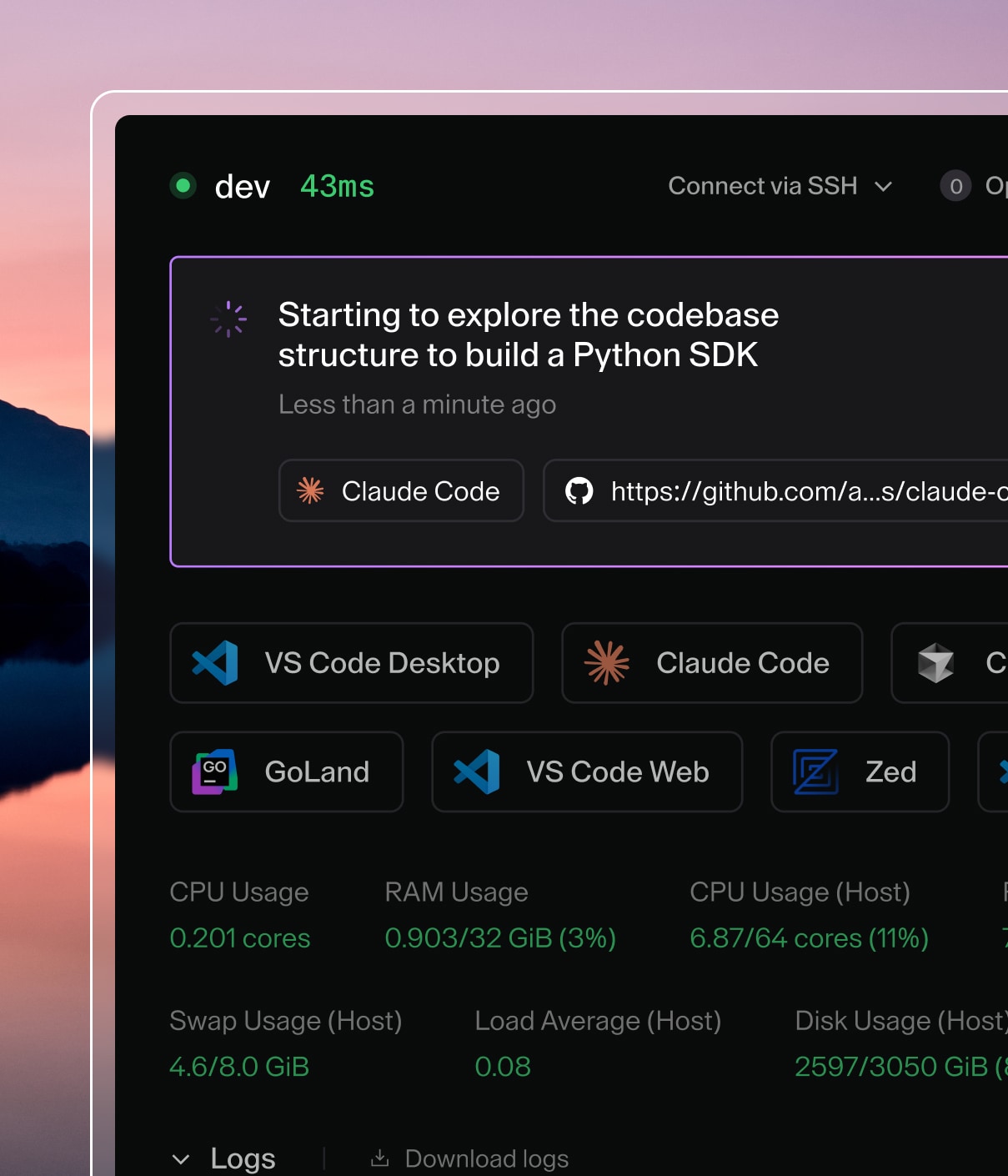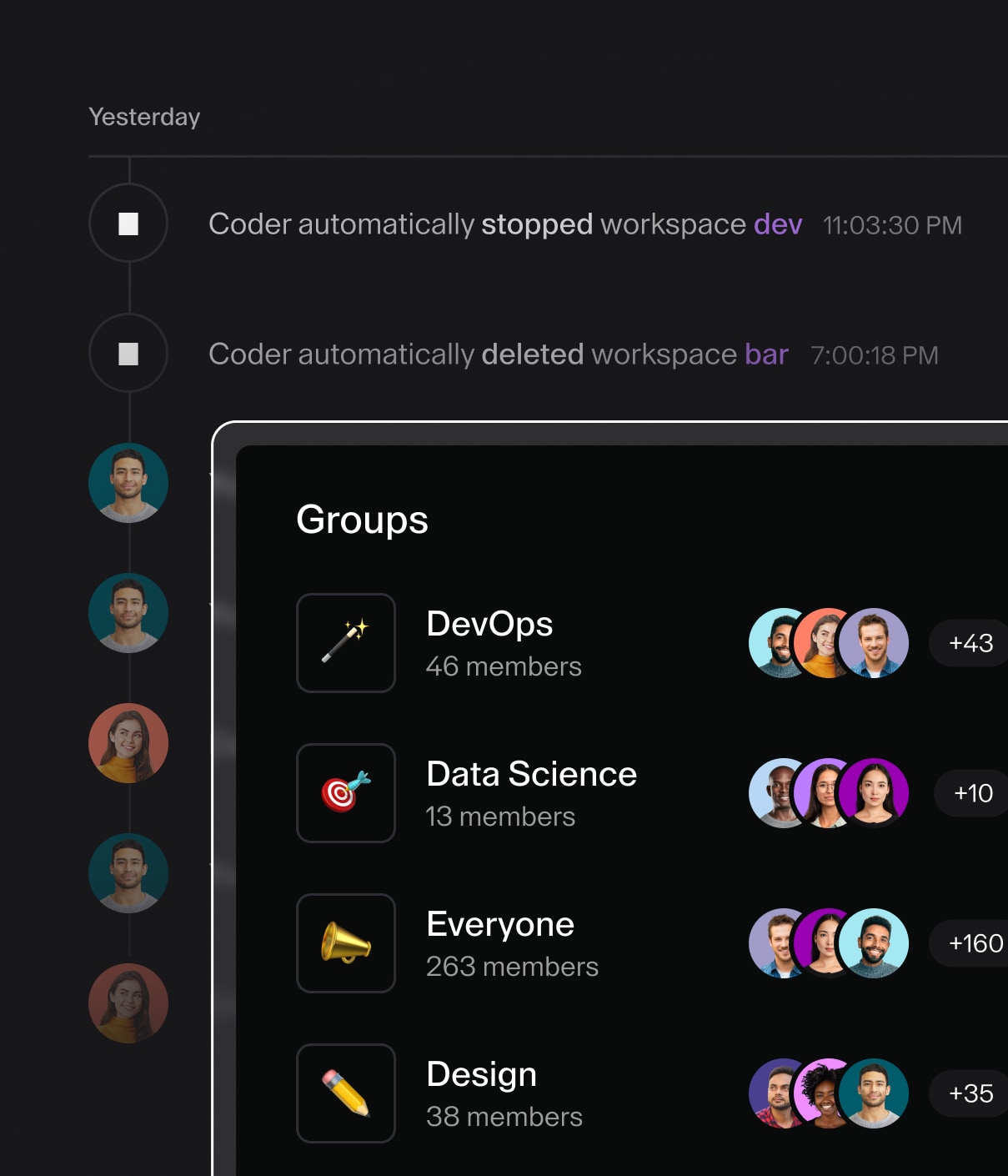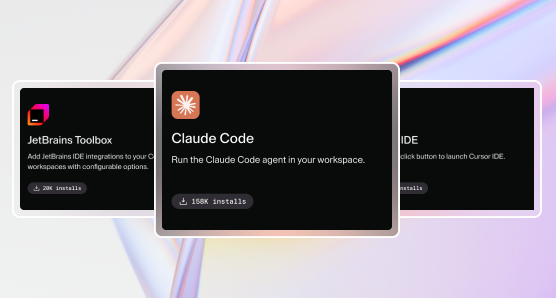Up to 2,000 Users
In the 2,000 users architecture, there is a moderate increase in traffic, suggesting a growing user base or expanding operations. This setup is well-suited for mid-sized companies experiencing growth or for universities seeking to accommodate their expanding user populations.
Users can be evenly distributed between 2 regions or be attached to different clusters.
Target load: API: up to 300 RPS
High Availability: The mode is enabled; multiple replicas provide higher deployment reliability under load.
Hardware recommendations
Coderd nodes
| Users | Node capacity | Replicas | GCP | AWS | Azure |
|---|---|---|---|---|---|
| Up to 2,000 | 4 vCPU, 16 GB memory | 2 nodes, 1 coderd each | n1-standard-4 | m5.xlarge | Standard_D4s_v3 |
Provisioner nodes
| Users | Node capacity | Replicas | GCP | AWS | Azure |
|---|---|---|---|---|---|
| Up to 2,000 | 8 vCPU, 32 GB memory | 4 nodes, 30 provisioners each | t2d-standard-8 | c5.2xlarge | Standard_D8s_v3 |
Footnotes:
- An external provisioner is deployed as Kubernetes pod.
- It is not recommended to run provisioner daemons on
coderdnodes. - Consider separating provisioners into different namespaces in favor of zero-trust or multi-cloud deployments.
Workspace nodes
| Users | Node capacity | Replicas | GCP | AWS | Azure |
|---|---|---|---|---|---|
| Up to 2,000 | 8 vCPU, 32 GB memory | 128 nodes, 16 workspaces each | t2d-standard-8 | m5.2xlarge | Standard_D8s_v3 |
Footnotes:
- Assumed that a workspace user needs 2 GB memory to perform
- Maximum number of Kubernetes workspace pods per node: 256
- Nodes can be distributed in 2 regions, not necessarily evenly split, depending on developer team sizes
Database node
| Users | Node capacity | Storage | GCP | AWS | Azure |
|---|---|---|---|---|---|
| Up to 2,000 | 4 vCPU, 16 GB memory | 1 TB | db-custom-4-15360 | db.m5.xlarge | Standard_D4s_v3 |
Footnotes for AWS instance types:
- For production deployments, we recommend using non-burstable instance types,
such as
m5orc5, instead of burstable instances, such ast3. Burstable instances can experience significant performance degradation once CPU credits are exhausted, leading to poor user experience under sustained load.


